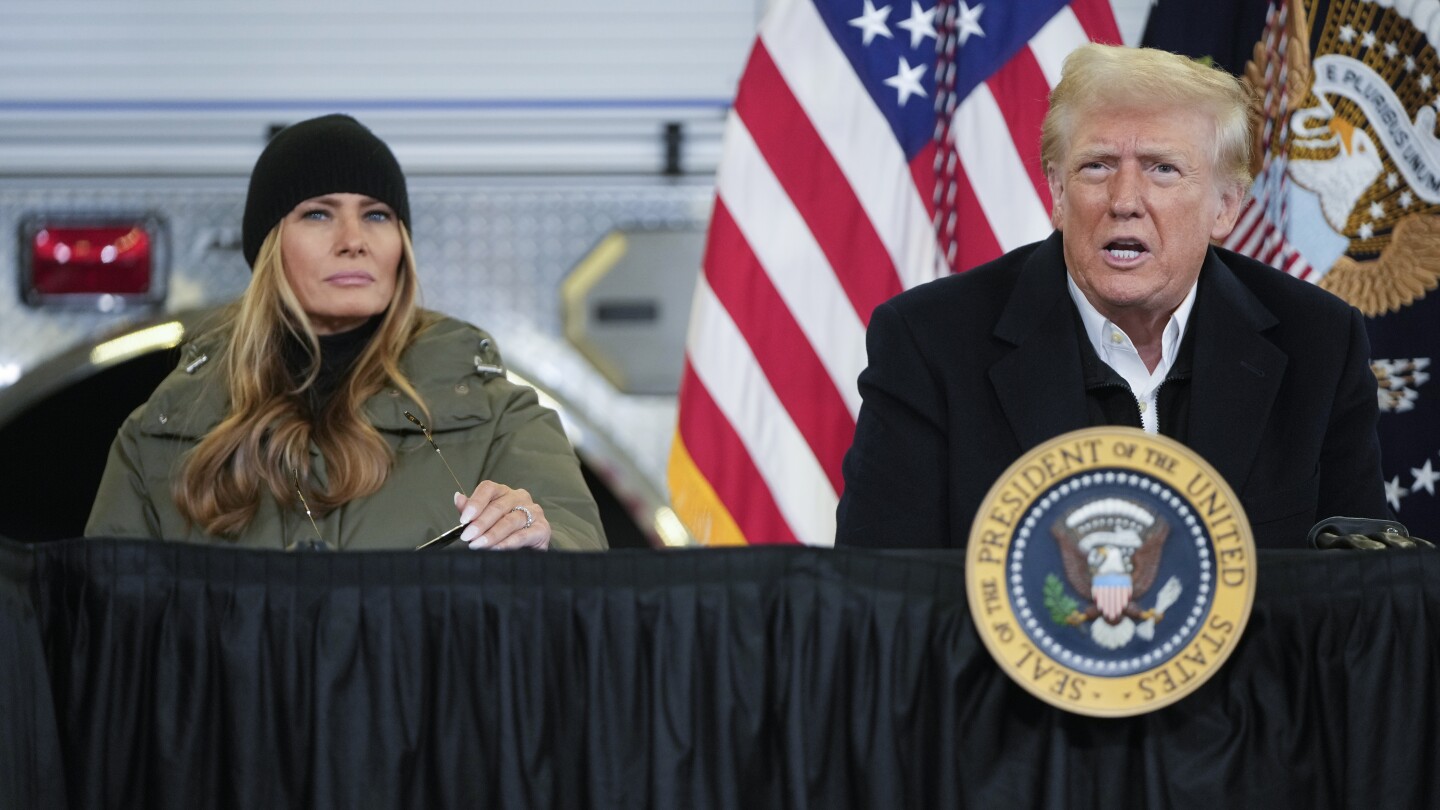Navigating the Economic Landscape: Key Forces Influencing Trump’s First Year
As Donald Trump embarks on his presidency, the economic landscape is awash with various forces poised to shape the nation’s trajectory. Understanding these dynamics is crucial for grasping the potential impacts on policy and markets. The interplay of domestic policies, global economic conditions, and political shifts will dictate the economic narrative during this pivotal period. In this article, we’ll delve into the key forces influencing Trump’s first year in office and how they might affect the broader economic landscape.
Domestic Economic Policies: A New Direction
One of the most significant influences on the economic landscape during Trump’s first year will be his administration’s domestic policies. Trump’s campaign was marked by bold promises, including tax reform, infrastructure spending, and deregulation. Each of these elements plays a crucial role in shaping the economy.
- Tax Reform: Trump has advocated for substantial tax cuts for individuals and corporations. The rationale is straightforward: lower taxes can stimulate spending and investment. This initiative aims to boost economic growth and job creation, which is particularly essential in a post-recession recovery.
- Infrastructure Spending: Trump has pledged to invest heavily in America’s aging infrastructure. With crumbling roads, bridges, and public transport, this investment could create millions of jobs and invigorate local economies. The promise of infrastructure development presents a unique opportunity to enhance productivity and potentially improve the quality of life for many Americans.
- Deregulation: A hallmark of Trump’s economic strategy is reducing regulatory burdens on businesses. By cutting red tape, the administration hopes to foster a more business-friendly environment, encouraging investment and innovation. However, critics argue that this could lead to environmental and labor protections being compromised.
Global Economic Conditions: An Interconnected World
The global economic landscape is another critical force influencing Trump’s first year. The interconnectedness of economies means that developments abroad can have significant implications at home. Key areas to watch include trade relations, currency fluctuations, and geopolitical tensions.
- Trade Relations: Trump’s administration has taken a confrontational stance on trade, particularly with China. His rhetoric suggests a willingness to impose tariffs to protect American jobs. While this could boost certain domestic industries, it risks igniting trade wars that may lead to increased costs for consumers and retaliation from trading partners.
- Currency Fluctuations: The value of the dollar plays a crucial role in international trade. A strong dollar can make U.S. exports more expensive, potentially hurting manufacturers. Conversely, a weaker dollar could make exports more competitive but may lead to inflationary pressures domestically.
- Geopolitical Tensions: Global instability, whether from conflicts or diplomatic rifts, can affect market confidence and economic performance. Trump’s foreign policy decisions will be closely watched, as any missteps could have ripple effects on the global economy.
Market Reactions: Investor Sentiment and Economic Indicators
As Trump steps into office, investor sentiment will be a vital indicator of how the economic landscape is perceived. The stock market, in particular, reflects the collective expectations of investors regarding future growth and profitability. During the transition period, markets have shown volatility, responding to Trump’s announcements and policy proposals.
Key indicators to observe include:
- Stock Market Performance: A bullish market may signal confidence in Trump’s policies, while a downturn could indicate skepticism about the administration’s ability to deliver on its promises.
- Unemployment Rates: The job market’s health will be a significant barometer of economic success. A decreasing unemployment rate is often linked to effective economic policies.
- Consumer Confidence: This metric gauges how optimistic consumers feel about the economy. High consumer confidence can lead to increased spending, providing a boost to economic growth.
Social and Demographic Factors: The Human Element
While economic policies and global conditions are crucial, social and demographic factors also significantly influence the economic landscape. Trump’s administration must navigate complex issues related to income inequality, workforce demographics, and education.
- Income Inequality: The gap between the rich and poor has widened in recent years. Addressing this issue will be vital for sustainable economic growth. Policies aimed at improving access to education and training can help equip the workforce for the demands of a changing economy.
- Workforce Demographics: As the population ages, there will be increasing pressure on social services and healthcare systems. Ensuring that the younger generation is skilled and ready to fill the gaps left by retiring workers is essential for economic stability.
- Education and Training: The need for a skilled workforce cannot be overstated. Investment in education and vocational training will be vital to preparing Americans for the jobs of the future, enhancing productivity and economic growth.
Conclusion: A Complex Economic Landscape
Navigating the economic landscape during Trump’s first year will be a complex task, influenced by a myriad of factors. From domestic policy initiatives aimed at tax reform and infrastructure investment to the challenges posed by global economic conditions and social dynamics, the implications for markets and policy will be profound.
As we move forward, it is crucial for stakeholders, including policymakers, investors, and citizens, to remain vigilant and adaptable. Understanding these key forces will not only help navigate the uncertainties but also seize opportunities that arise in this evolving economic landscape. By fostering an environment of collaboration and innovation, the United States can work towards a prosperous future that benefits all its citizens.
See more CCTV News Daily



